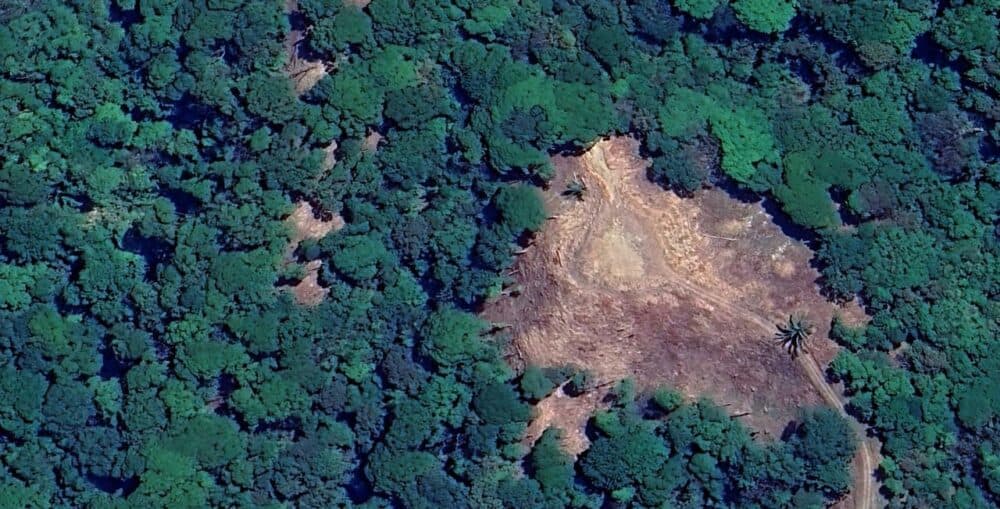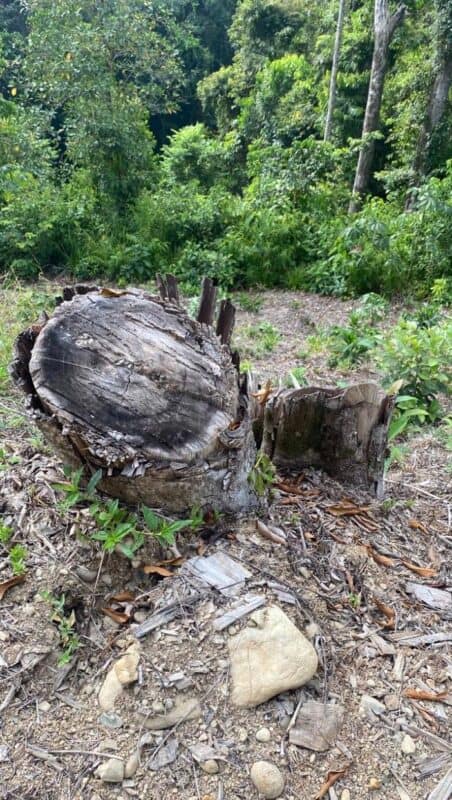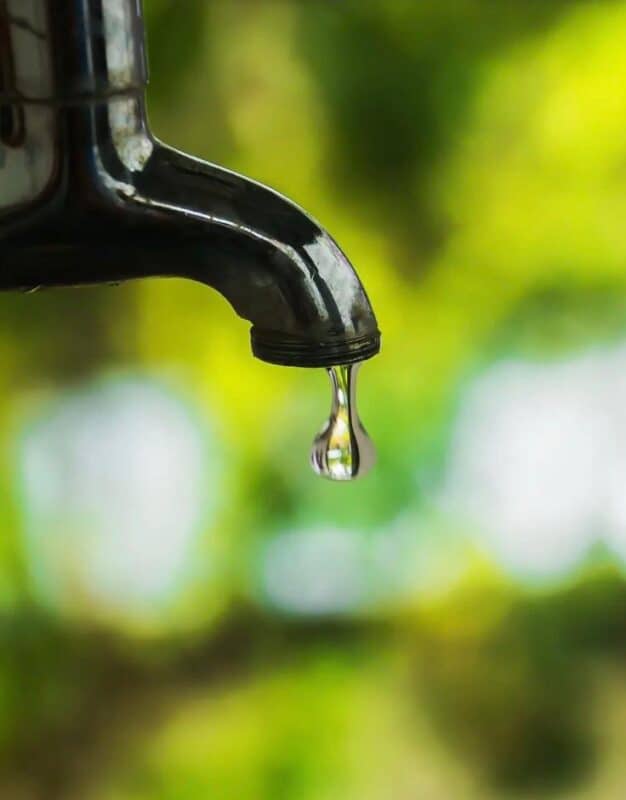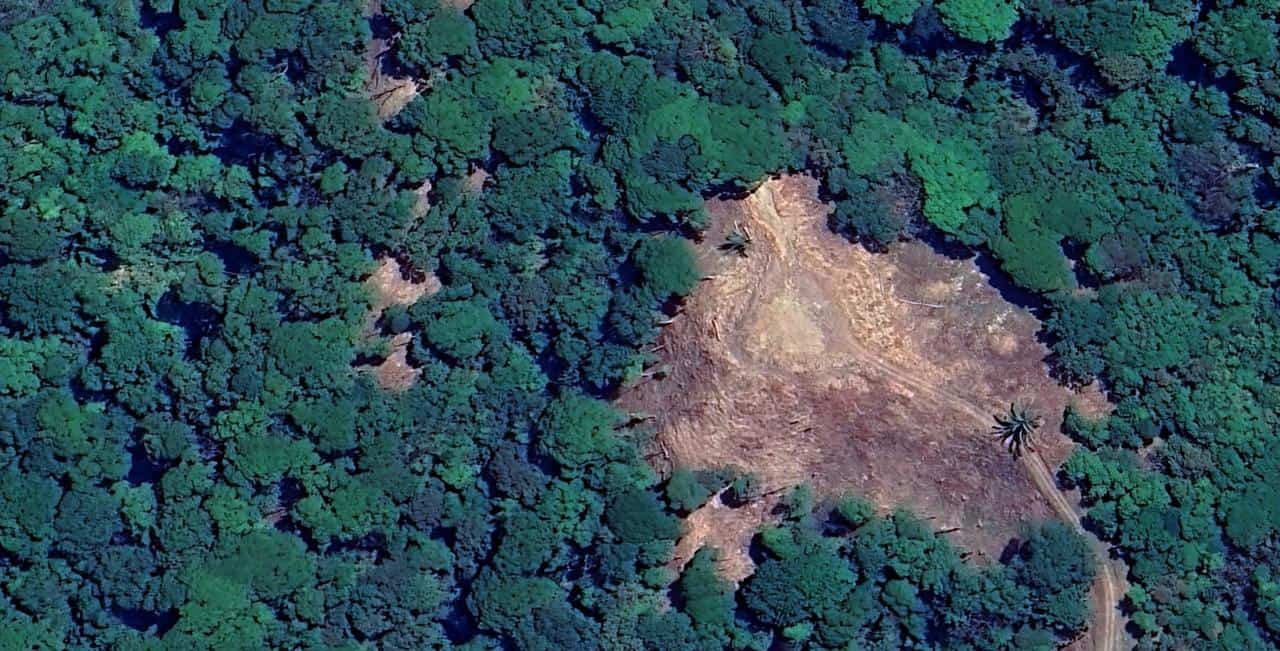Greed, corruption, land exploitation, and water shortages… these may sound like themes from Roman Polanski’s Chinatown, but the residents of Dominical will tell you that these issues are a reality in their own backyard. This situation is indicative of a larger trend in Costa Rica, where developers openly flaunt environmental laws with little to no consequences for their actions.
While El Niño brought lower than normal rainfall to Costa Rica at the beginning of 2024, members of the community in Dominical claim that it is not the weather phenomenon, but rather a development project in the mountains that has caused a series of extended water shortages – the longest of which, on March 22, lasted over 10 hours.
Even though Costa Rican law explicitly states that development projects cannot interfere with water supplies, attempts to notify the authorities of the issue in Dominical seemed to be futile. Multiple complaints or denuncias were made through the Ministry of Environment and Energy (MINAE) Integrated System for Processing and Attention to Environmental Complaints (SITADA), but there were reportedly no responses.
This led residents to take matters into their own hands by creating a coalition of community members, informally called Water Issues Dominical, to raise awareness of the development project and how it was affecting their water supply. By using flyers to inform home and business owners in town of what was going on, only then were the residents able to raise concern to collectively pressure the landowners and effectively put a halt to the project. However, according to members of the committee, the community is still dealing with the aftermath of the illegal development.
The water supplying Dominical originates from a series of natural springs in the mountains above town. These springs are situated on a parcel of land, about 650,000 square meters, and for 80 years this land was owned by a family who allowed the community access to the water source. The water was later “donated” in 2008 to the community and management of the water supply was effectively taken over by the Costa Rican Institute of Aqueducts and Sewers (AyA).

The manner in which this water becomes available for consumption in the town of Dominical is through an old-fashioned treatment system, in which the source water first flows down to a tank. It then passes through a filter where sand and other organic matter are removed before it enters a second holding tank.
After that, chlorine is added to kill bacteria, but not so much to impact the taste and smell of the water itself. Many of the long-time residents of Dominical will say that this old-school system has provided them with some of the cleanest and best water in all of Costa Rica.
Several years back, the owners of the parcel that contained the springs died and the land changed hands a couple of times. According to the Water Issues Dominical committee, the most recent owners used a local who hired Nicaraguan workers to carry out the work of illegally clear-cutting a swath of trees. When AyA instructed them to stop, the workers continued felling trees using axes, rather than chainsaws, presumably because they make less noise.
All this was done in the area where the springs that feed Dominical’s water supply are located. Costa Rican law states that all water belongs to the government, whether it be ocean, river, estuary, lake, spring, or even groundwater and no land can be altered within 200 meters from sources of water that serve a public water system. These government-created protection zones exist because having healthy tree coverage is important to clean drinking water.

A reduction in vegetation, due to the felling of trees, causes more erosion, leading to excess sediment entering the streams and rivers. When this water reaches the water treatment system, the increased sedimentation means the system has to be shut off in order for the particles to settle. During this time, the only source of water for consumption comes from the second holding tank, which does not provide enough water to supply the town for an extended period of time.
It may take hours for the sediments to settle and for the system to start working again. This all means that in the meantime, homes and businesses are without water. According to AyA, this is exactly what has been happening to Dominical’s water supply.
For restaurants in particular, there is a negative financial impact when they are unable to provide their clients with food and drink, not to mention the sanitary services necessary for a functioning establishment. Mariela Céspedes, the Assistant Manager at Mono Congo Cafe, said that during these periods in which Dominical was without water, they couldn’t serve coffee or smoothies to their customers and the only way they were able to stay open at all was because the employees, in anticipation of the shortage, collected enough water in the days prior.
Other restaurants that did not collect water were forced to close their doors until the water situation improved. According to Norma Pellot, owner of Café Olas, they had to turn away customers during this time. The same was true for several hotels in town who had to cancel reservations and refund their guests.
So if the impact of a single development project can have such an oversized negative impact on an entire community, why doesn’t the municipality get more involved to prevent these issues before they become a problem? Guy Phillips who lives in Escaleras, a community adjacent to Dominical, has investigated this very topic.
With a resume that includes a PhD in Environmental Economics and Law from the University of Wisconsin, Professor and Chairman of the Environmental Management Department at the University of California, Riverside, and Assistant Secretary for Resources and Energy for then-Governor of California Jerry Brown, Dr. Phillips has extensive experience in governmental decisions and their effects on the environment and the community.

He points out that the Mission Statement on the Municipality of Osa’s website states that they are responsible for “contributing to comprehensive social, economic and environmental development to satisfy the current and future needs of the cantón’s citizens.” Furthermore, the website states the Municipality’s Vision Statement guarantees a “commitment to the interests and needs of the citizens of the cantón, providing them with services that are aimed at sustainable human and environmental development.”
However, the Municipality is having difficulty achieving its Mission or Vision due to the volume of development project permit applications, coupled with pressure from pro-development interest groups to act quickly in approving the permits. To complicate matters, a lack of resources and personnel to investigate the projects prior to approval, or to sufficiently monitor compliance with the permits after they have been issued, results in some of these projects going ahead, regardless of their compliance with Costa Rican environmental law.
Dr. Phillips states that the result is that “the burden of proof for wrongful actions or inappropriate agreements falls on the aggrieved member of the public after the key decision has already been made and the permit has been issued.” All this is for those projects that actually do go through the official channels of approval. However, when it comes to the development project that is affecting the water in Dominical, as is the case with many other projects in the country, the sentiment is that it is better to ask for forgiveness than permission.
Dr. Phillips offers that the public can show the responsible agencies that they are serious about the government upholding their environmental laws. This involves forming working groups to address elected officials in several areas, including monitoring and transparency, increasing resources of the public agencies that oversee the permitting and execution of development projects, and increasing public engagement in civic affairs that affect their daily lives.
The last of which has already been taking place in Dominical through the formation of the Water Issues Dominical group and their informational campaign to educate the community on what is happening to their water and what needs to be done to reverse the problem.
There is more than water at stake. From the view of many of the residents of Dominical, the government’s response to this issue has been inadequate. This feeds a growing perception that Costa Rica, a country renowned for efforts it has made in the past to increase biodiversity, is shifting its priorities from conservation to development.
The rapid development in the coastal areas is threatening the environmental gains Costa Rica has made in the last 40 years. Many citizens feel that the government does not have their backs and they have to rely on grassroots organization in order to protect their communities from unsustainable development.
Whether real or perceived, a growing cynicism is starting to take hold in Costa Rica and if it wants to continue being the vanguard for what it means to be a green country, Costa Rica needs to figure out how to effectively balance developmental growth with sustainability or it will start to be known as a country that values a different type of green.
About the Author
Ryan Meczkowski is a Naturalist Guide and Founder of CR Naturalist Experiences, which offers night tours and educational nature excursions in Uvita de Osa. Email: cr.naturalist@gmail.com
WhatsApp +506 6132 9436






